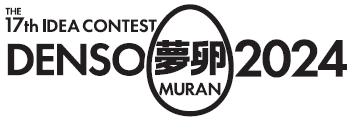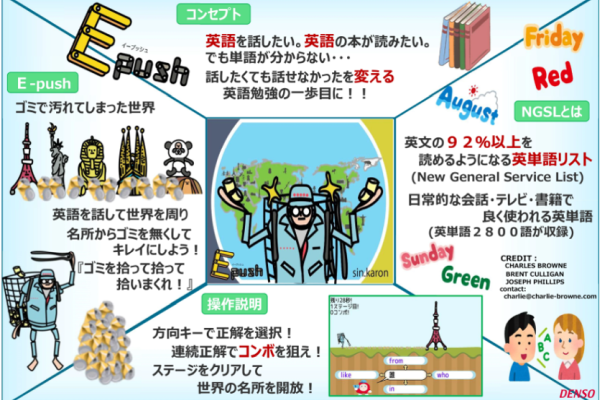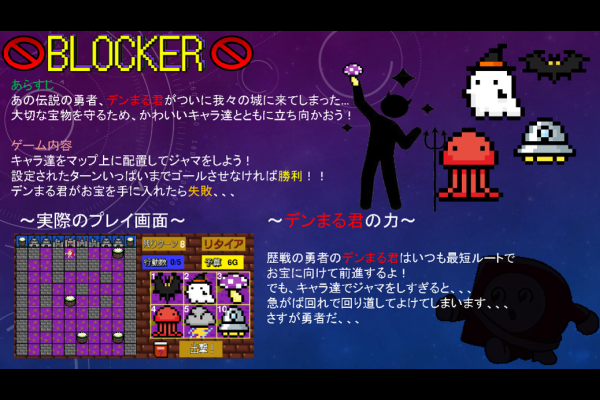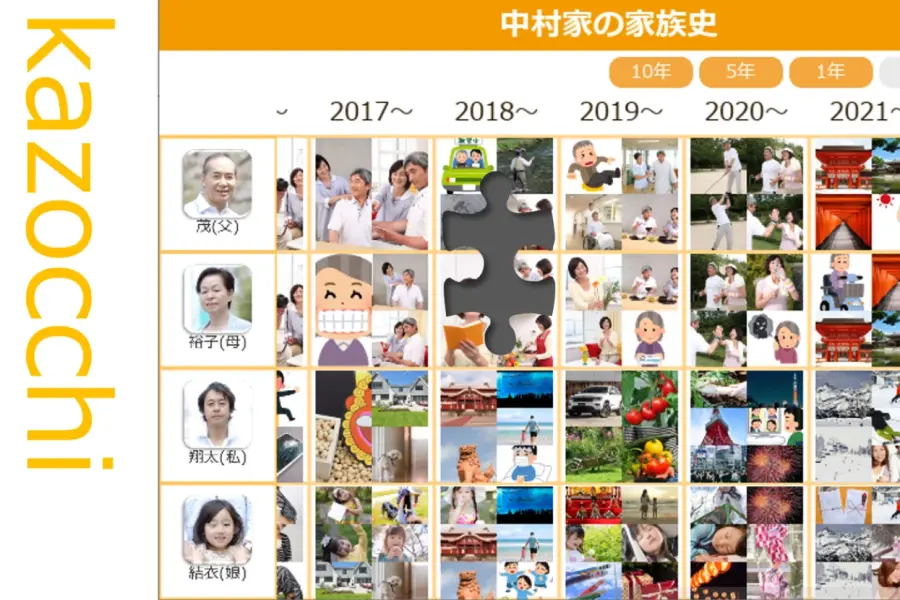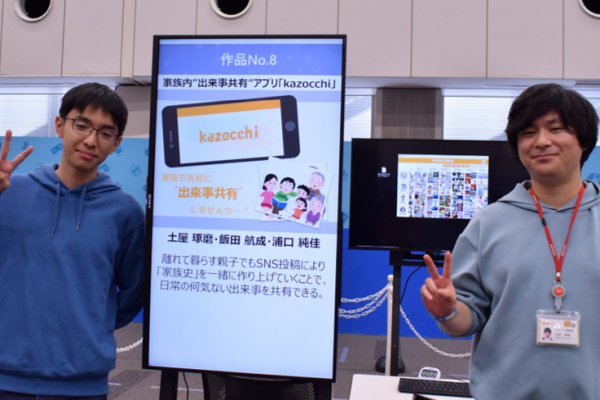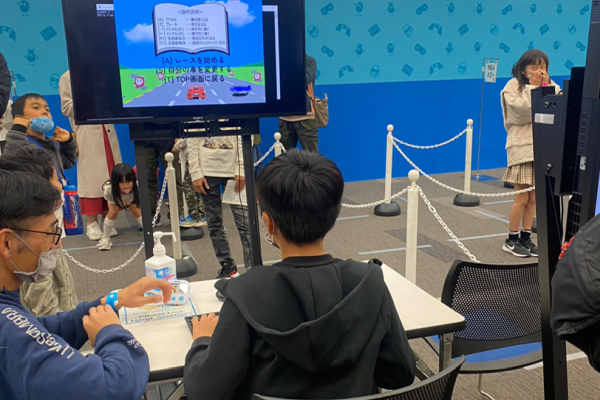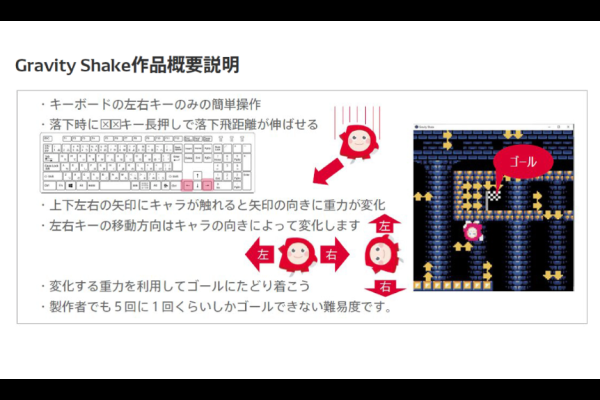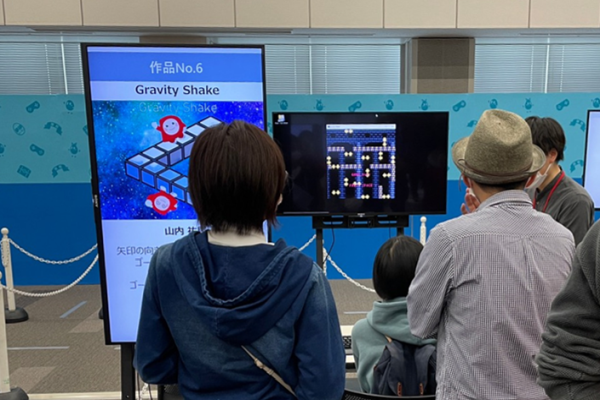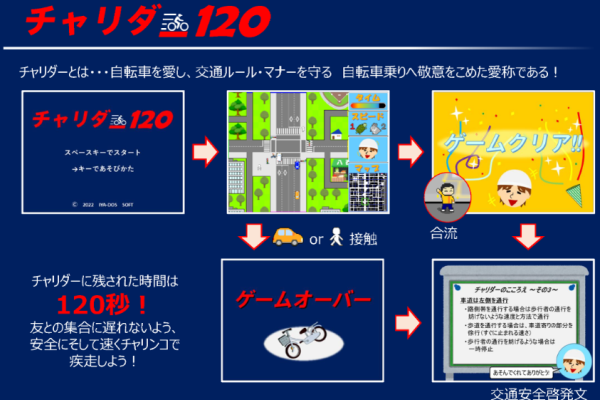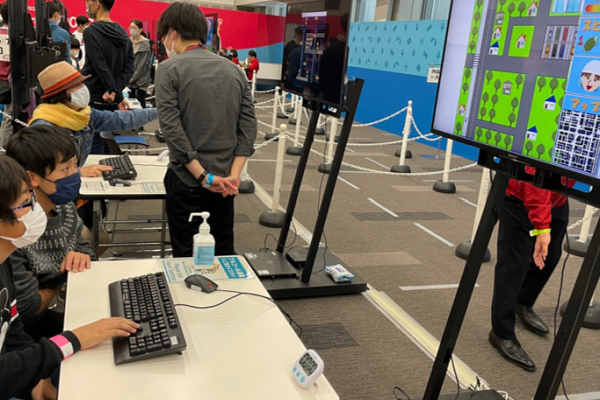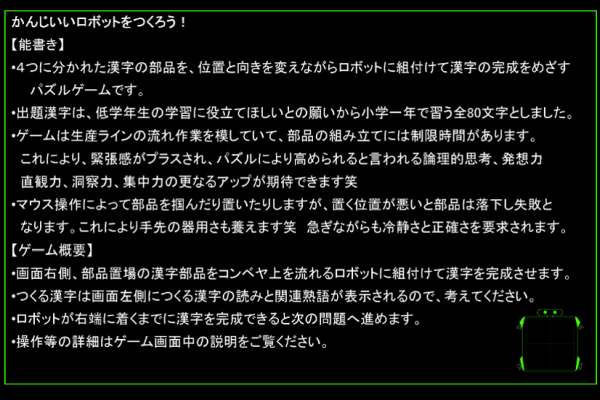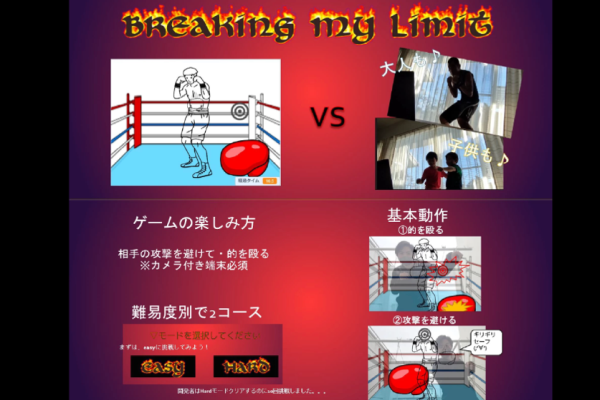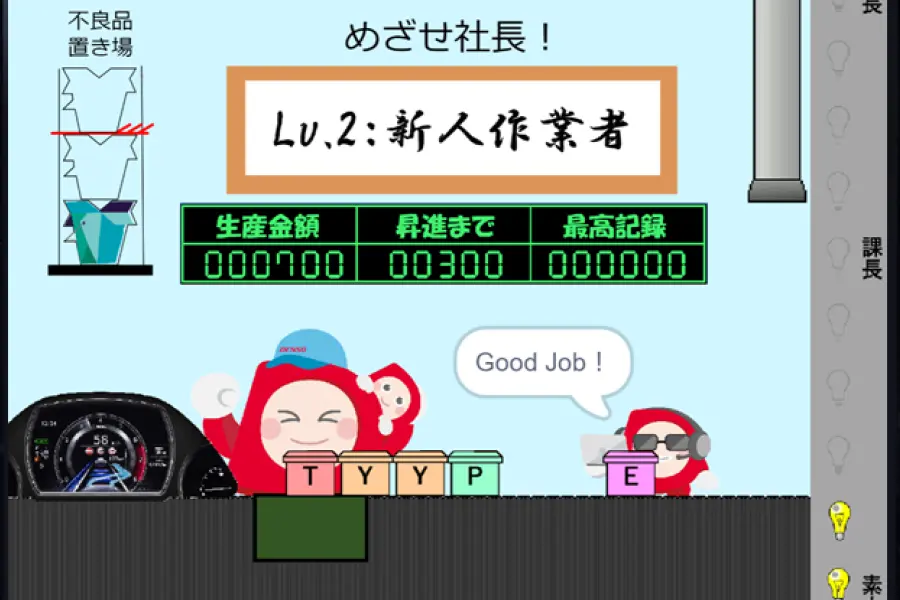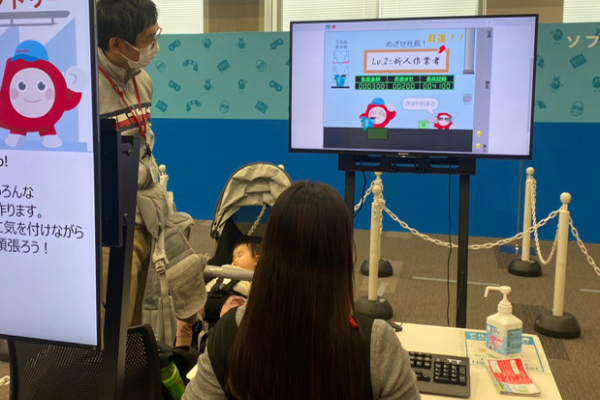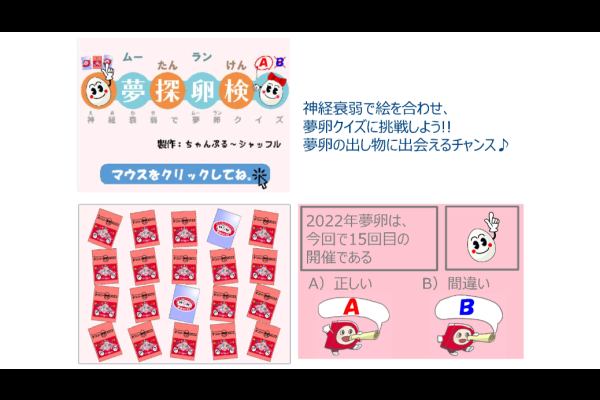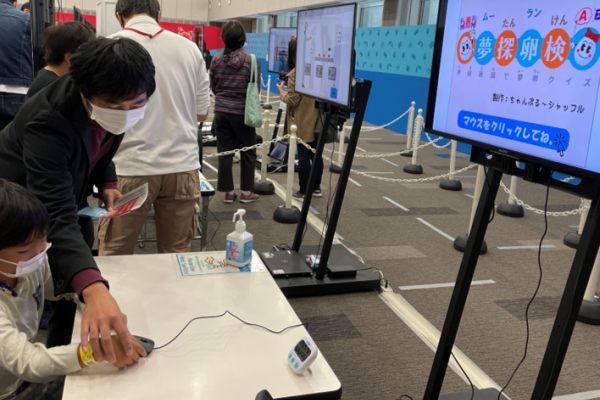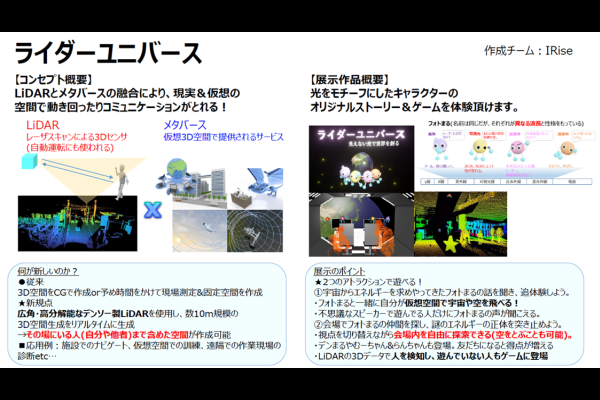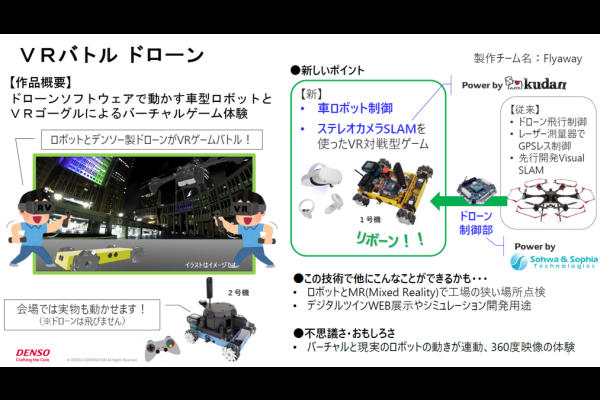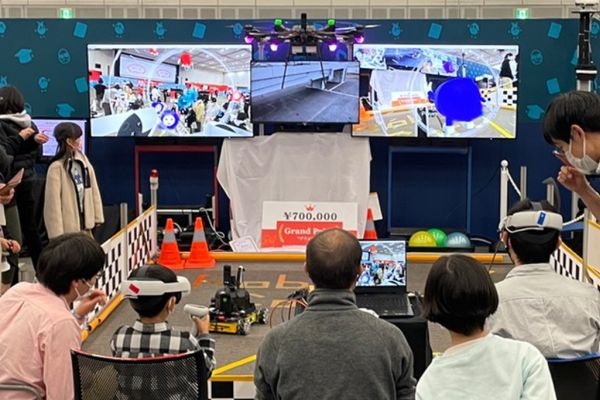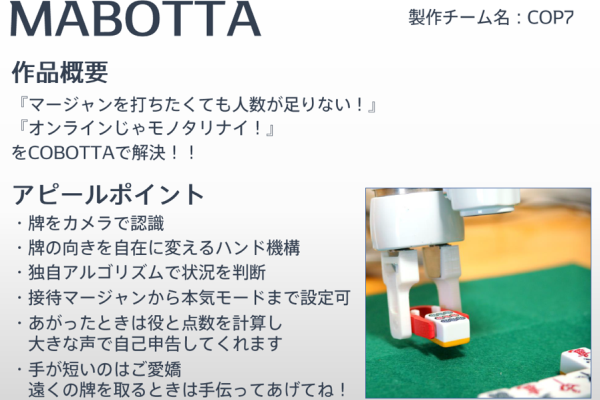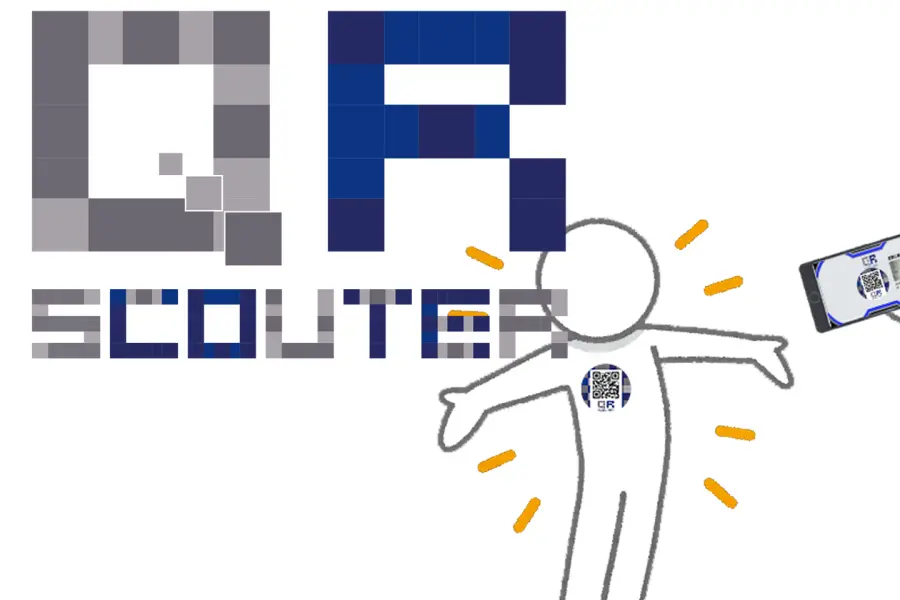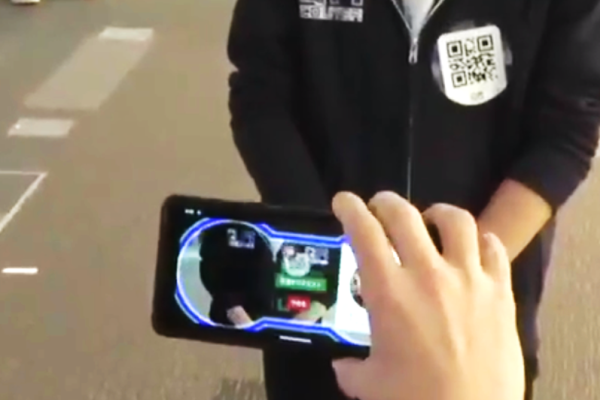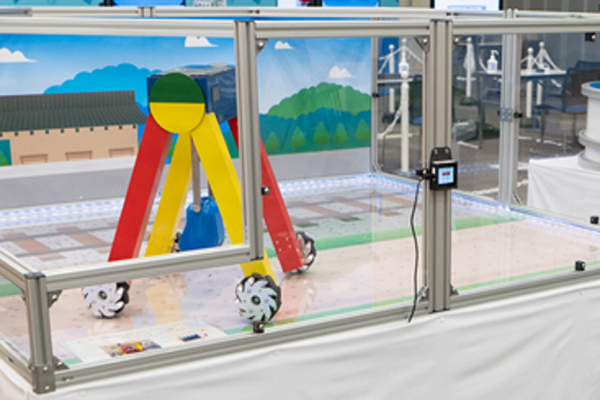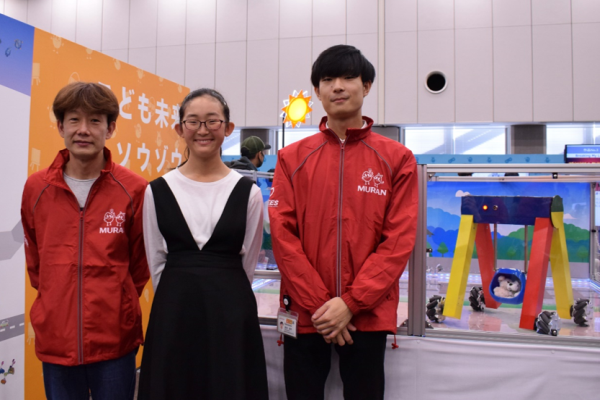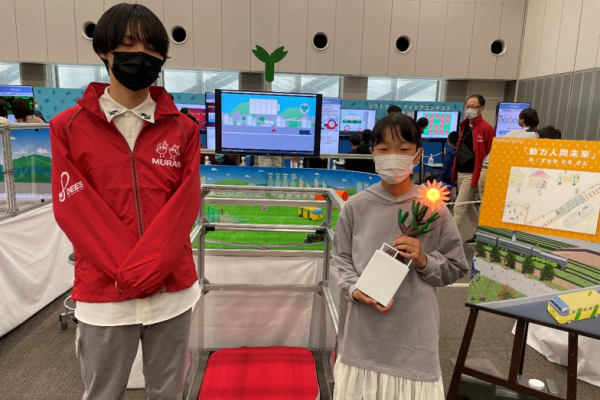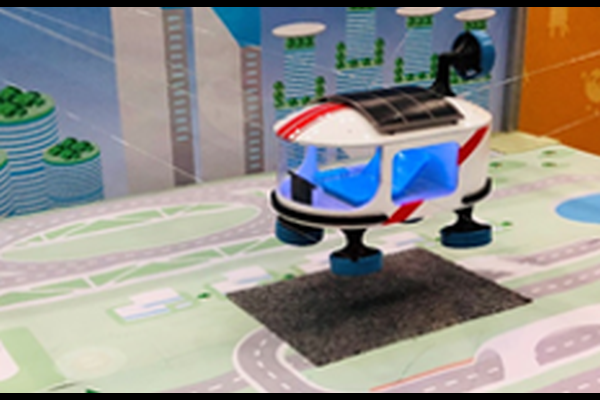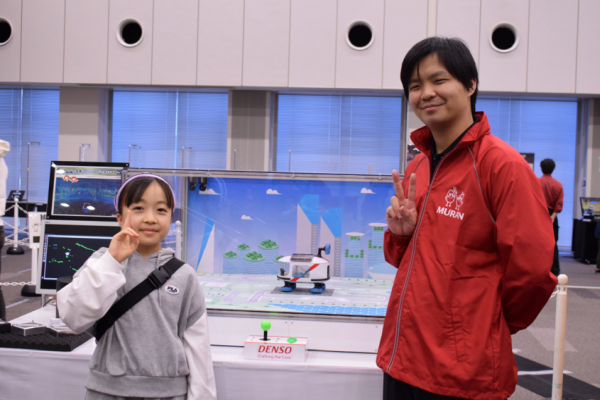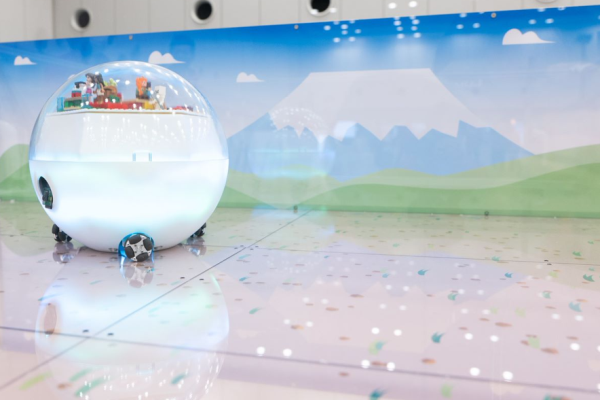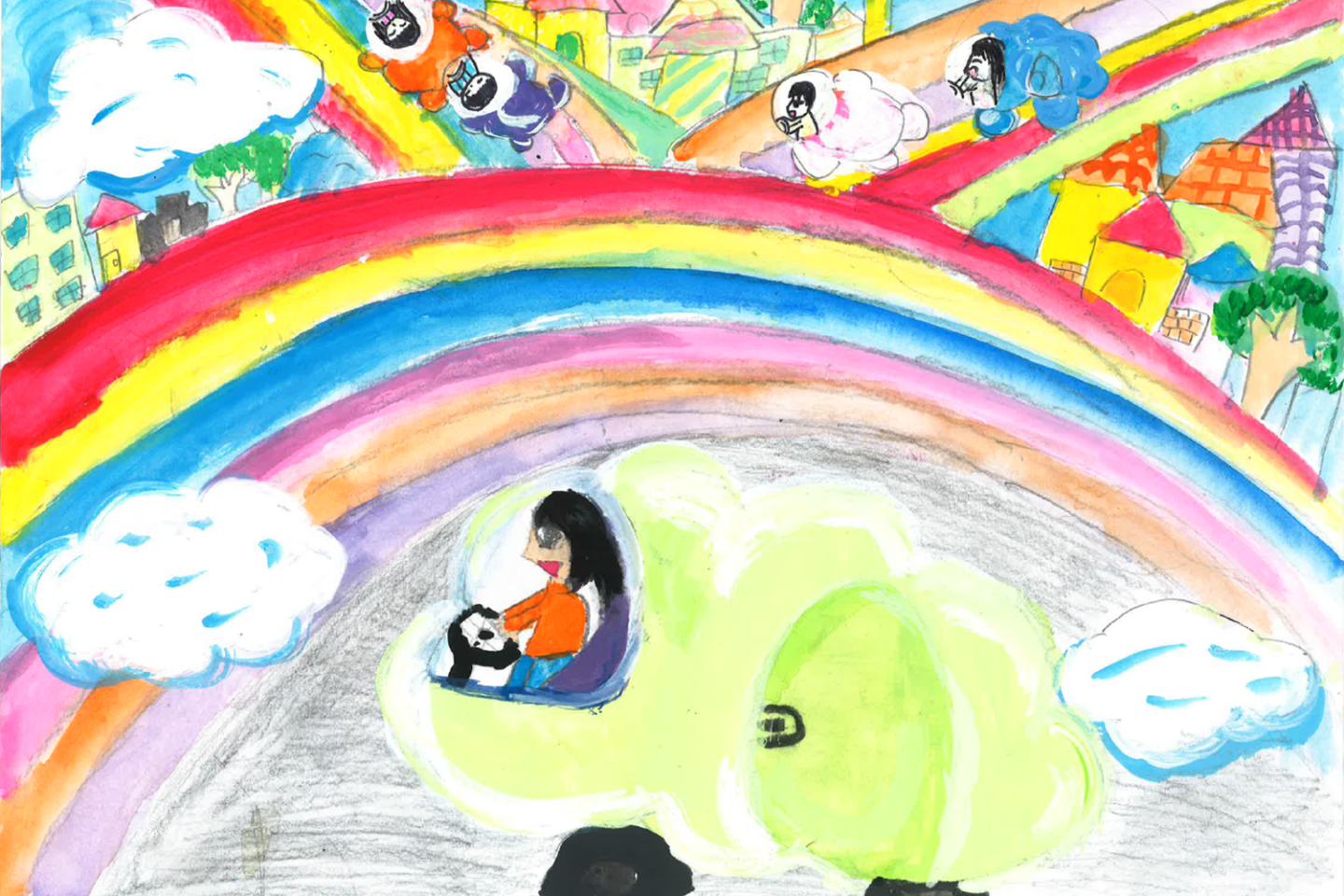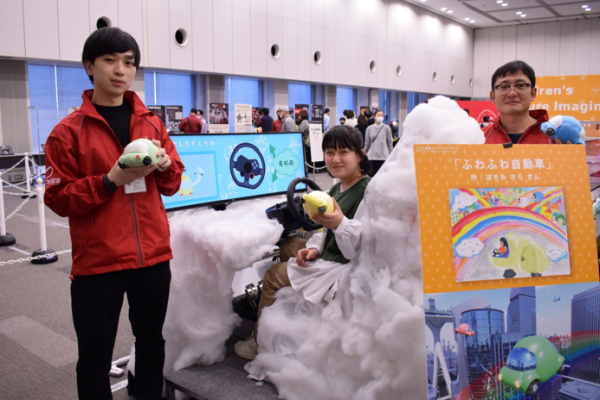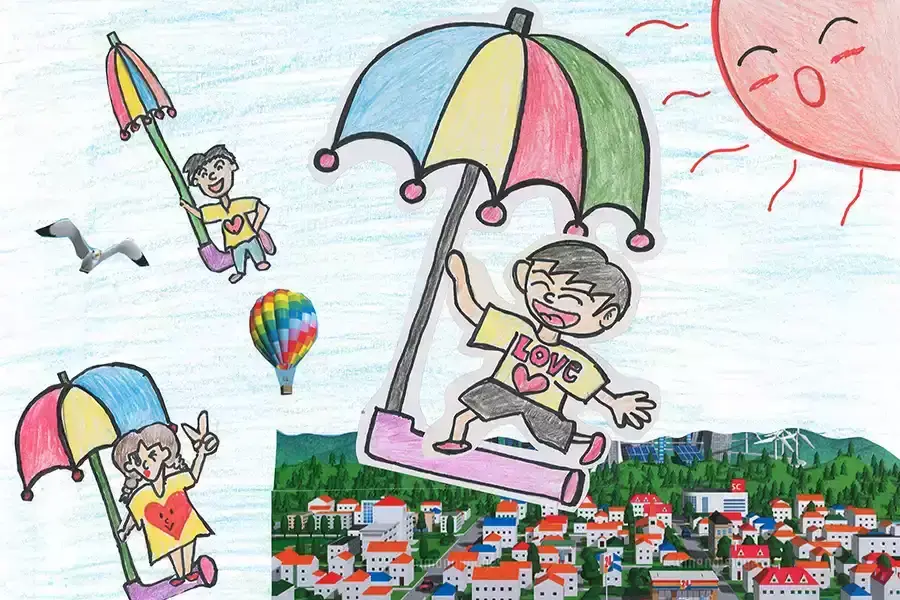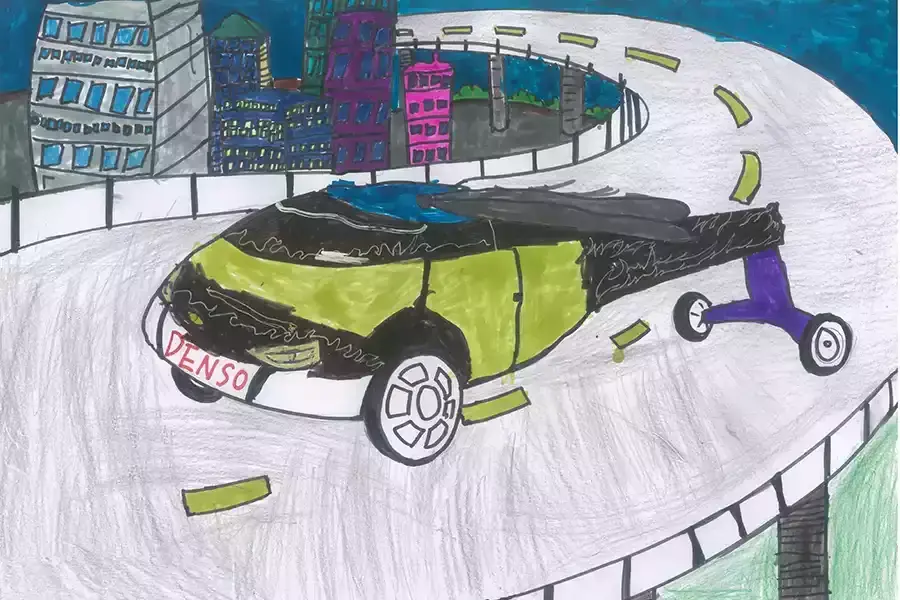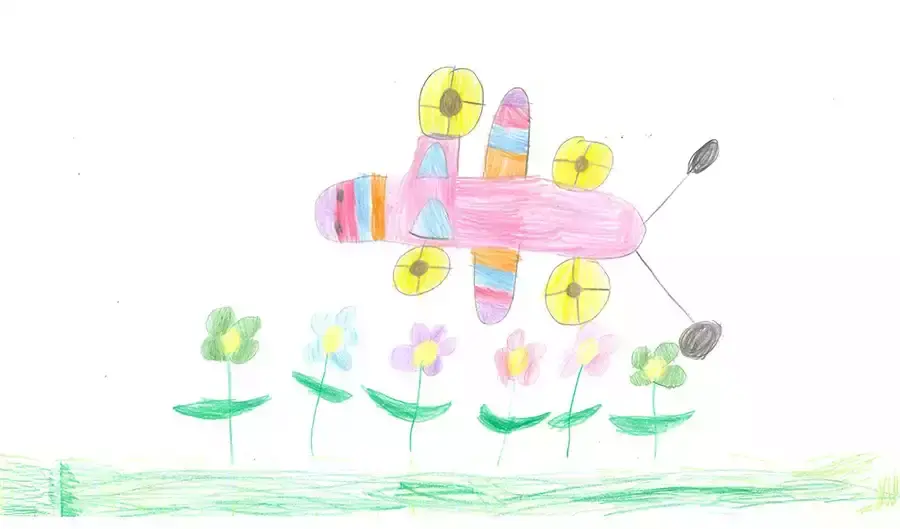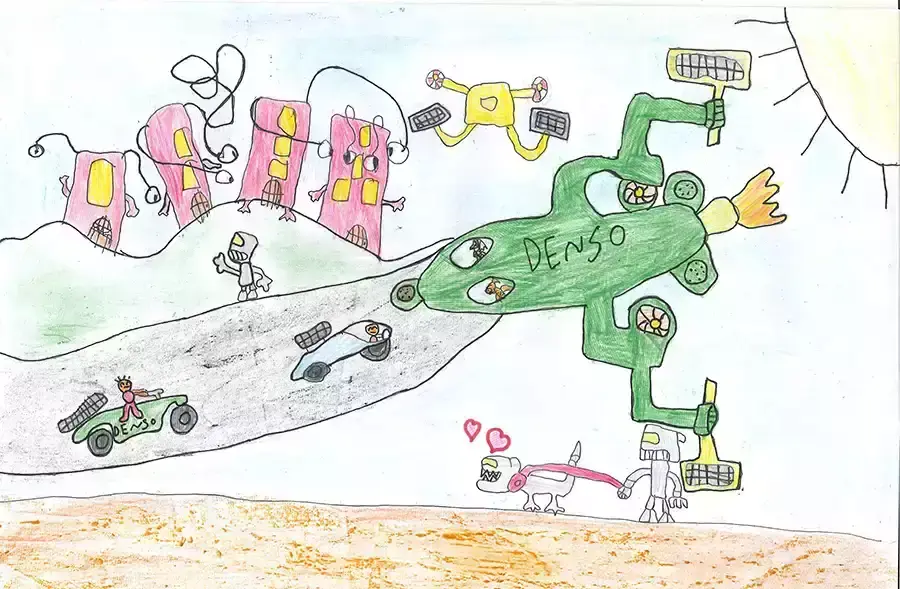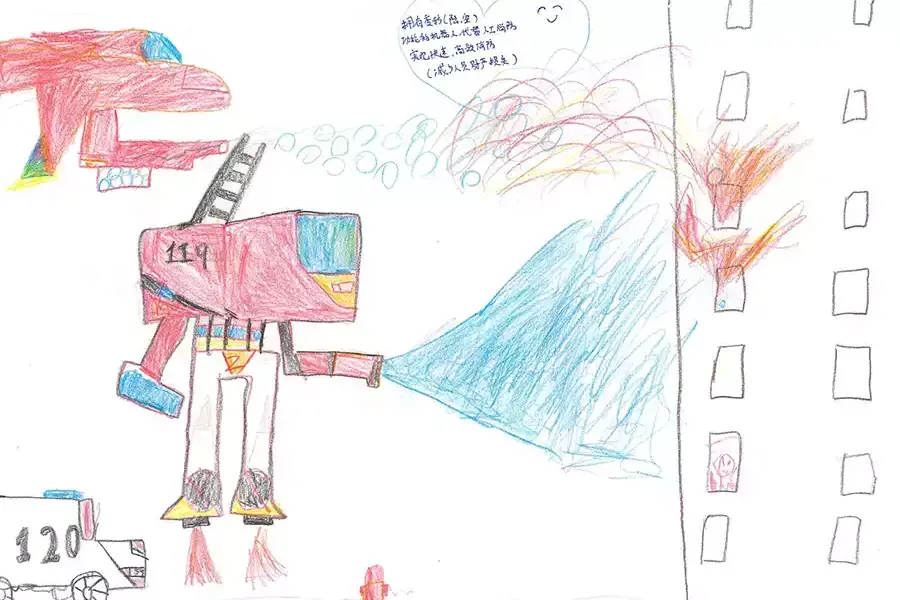Two methods to come up with ideas
Hello!
This is Sora from Muran PR Team!
We are getting close to the deadline for MURAN Idea Contest.
Coming up with idea can be tough, but don’t worry! I will show you how to!
Here are 2 ways to come up with ideas:
Method 1 ★Mind Mapping★
This method puts the general idea in the center of the topic, and branches out related ideas around it.
How to create a mind map:
① Select the central topic: First, select the topic to be put at the center of the mind map. This topic will be the central theme or keyword of your idea.
② Creating branches: Draw lines radially from the central topic and write down related subtopics or ideas at the end of each line. These are specific ideas and concepts related to the central topic.
③ Developing from subtopics: Create further branches for each subtopic, and add detailed information and related ideas. Repeat this process to organize and refine your ideas.
④ Add colors and images: To make your mind map more visually appealing, you can use colors and images to emphasize topics and branches. This makes the information more intuitive and easier to understand.
Advantages of using mind maps:
① Visual organization: By organizing information visually, the relationships between related ideas and concepts become clearer.
② Idea generation: By using mind maps, it becomes easier to come up with ideas freely. The radial structure promotes natural association of ideas.
③ Supporting the creative process: Mind maps support the creative process and help generate new ideas and solutions.
④ Sharing information: Mind maps are also useful for sharing thoughts with others. They can convey information in a visual and clear format.
Method 2 ★Brainstorming★
Brainstorming is a creative process for generating ideas in a group. This helps everyone discuss and develop better ideas.
Brainstorming steps:
① Setting the goal: Before the brainstorming, set clear goals and problems. It is important that all participants come up with ideas toward the same goal.
② Establishing rules: In a brainstorming session, it is important to share ideas freely. Create a culture that accepts ideas without any conditions, with no room for criticism and evaluation at this point.
③ Selecting participants: It is important that people with relevant skills and knowledge participate, but having participants with different backgrounds and perspectives can help generate diverse ideas.
④ Having time constraints: Brainstorming sessions are usually short. It is important to set a time limit so that you can concentrate and get all of your ideas out.
⑤ Presenting ideas: Participants are free to generate ideas. Express your ideas in words and diagrams, and try to generate as many ideas as possible. It is important not to reject the ideas of other participants, but to continue to develop further.
⑥ Organizing and evaluating ideas: At the end of the brainstorming session, organize, prioritize, and evaluate ideas that have been generated. Still, avoid detailed discussion or analysis.
Advantages of brainstorming:
① Stimulating creativity: Sharing ideas in a group stimulates the creativity of participants.
② Utilizing of collective knowledge: By bringing together participants with different backgrounds and perspectives, it becomes easier to generate ideas that utilize collective knowledge.
③ Equalizing of opinions: In brainstorming, the ideas of all participants are respected equally.
How was it?
Hope it helps! Give it a try!
